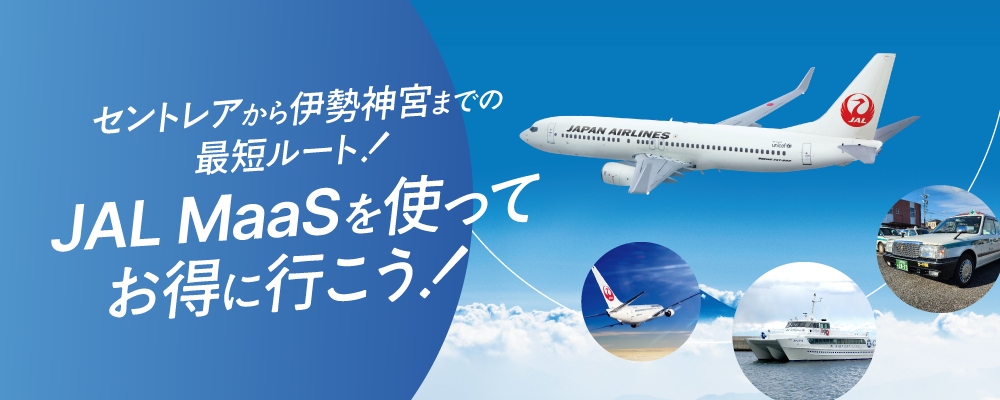
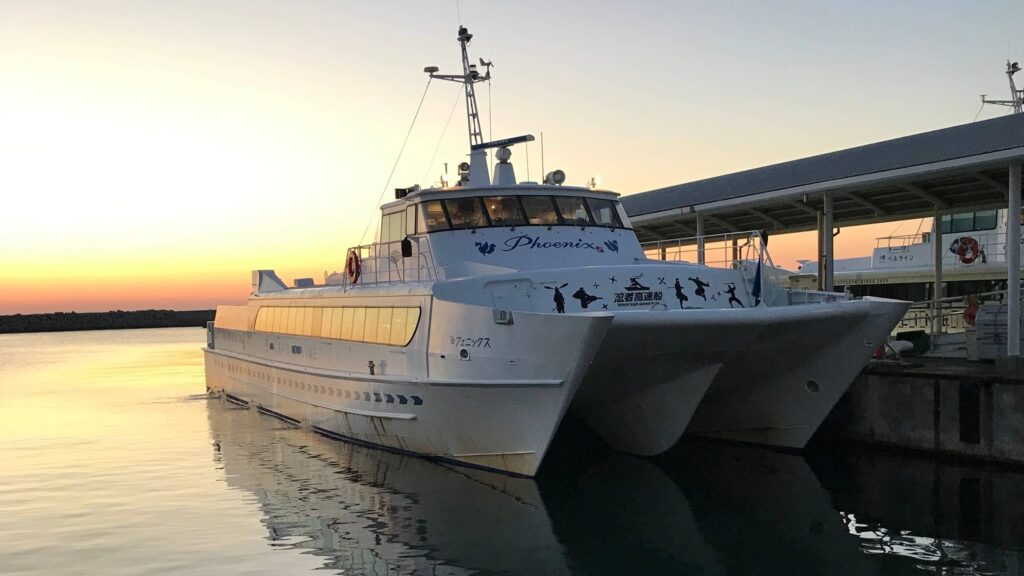
When using a plane, there is another way to get from Centrair to Ise, in addition to the train, by using a high-speed boat.
A new taxi route has been introduced as a means of transportation that takes a high-speed boat from Centrair to Tsunagisamachi and then goes directly from Tsunagisamachi to Ise.
The bus route between Tsunagisamachi and Ise Jingu has been suspended, but JAL has introduced a new taxi service as a frequent and compact means of transportation.
The new service is a "plane + boat + taxi" service that takes a high-speed boat on the Tsu Airport Line from Centrair, arrives at Nagisamachi in Tsu, and then takes a taxi to Ise Grand Shrine, similar to the previous airplane + boat + bus transportation. This is the route.
This route, which is extremely convenient for those traveling by plane from Centrair to Ise/Toba, was started as a "JAL MaaS" initiative aimed at solving regional transportation issues and revitalizing the region.
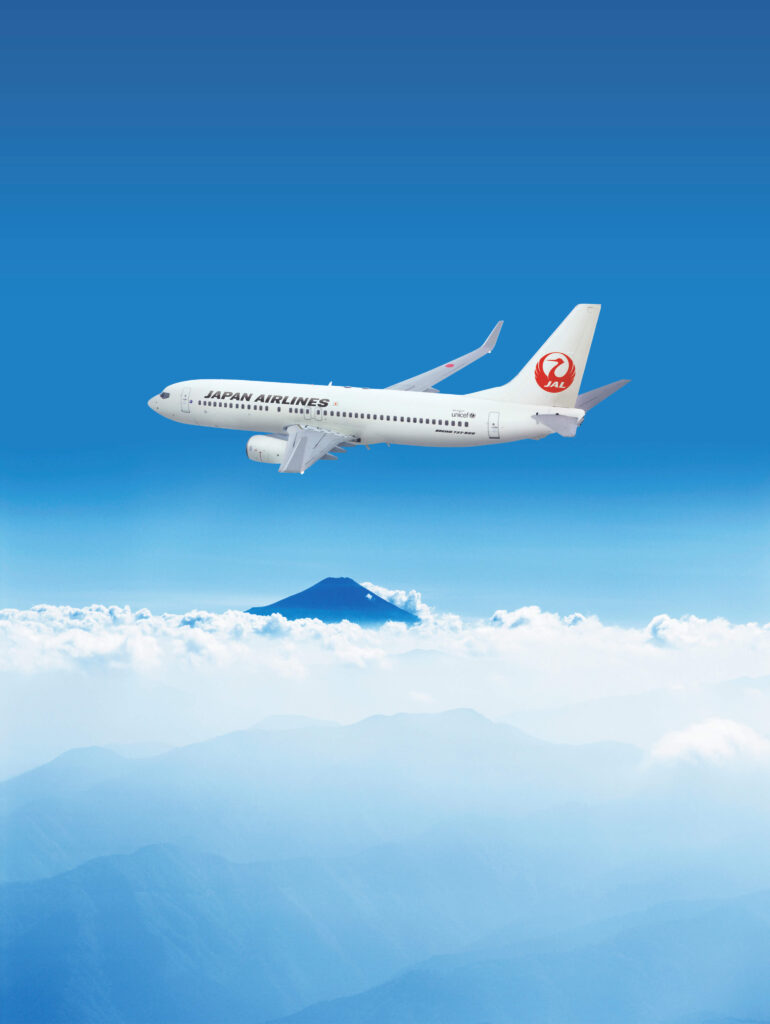
From Centrair, take the Tsu Airport Line's high-speed boat to Nagisamachi, which takes 45 minutes, and from Tsu to Ise Jingu, it takes 60 minutes by taxi.
Depending on road conditions, it will take at least 105 minutes to reach Ise Jingu from Centrair.
I think many people use the train when heading from Aichi Prefecture to Mie Prefecture, but it takes about 3 hours by train and bus from Centrair to Ise Jingu.
The new high-speed boat + taxi service has the great advantage of traveling from Centrair across Ise Bay and being picked up by a taxi at the port, making it faster and cheaper than traveling by train.
It's very convenient when you're on a friendly trip with friends or family, when you're traveling from far away and have large luggage, or when you have difficulty going up and down stairs or walking long distances.
Please use this opportunity.
The interior of the high-speed boat is a relaxing space, and there is almost no shaking, so it is safe for people who are worried about seasickness.
It is also recommended for people with children, as you can enjoy a different view from the sea than by land.
Additionally, if you are traveling with a pet, you may bring up to a medium-sized dog with you as long as it is kept in a cage (advance application required at time of reservation).
Taxis are reserved, so not only is it easy to get around, but the private space also makes traveling with friends and family, or spending time as a couple even more enjoyable!
The taxis we operate include standard vehicles and jumbo taxis, which are ideal for group trips.
About taxis
For groups of 1 to 4 people, the sedan-type taxi shown on the left will be used, and for groups of 5 to 9 people, the jumbo taxi shown on the right will be used.
If you would like to enjoy traveling with your pet, please let us know when making your reservation.
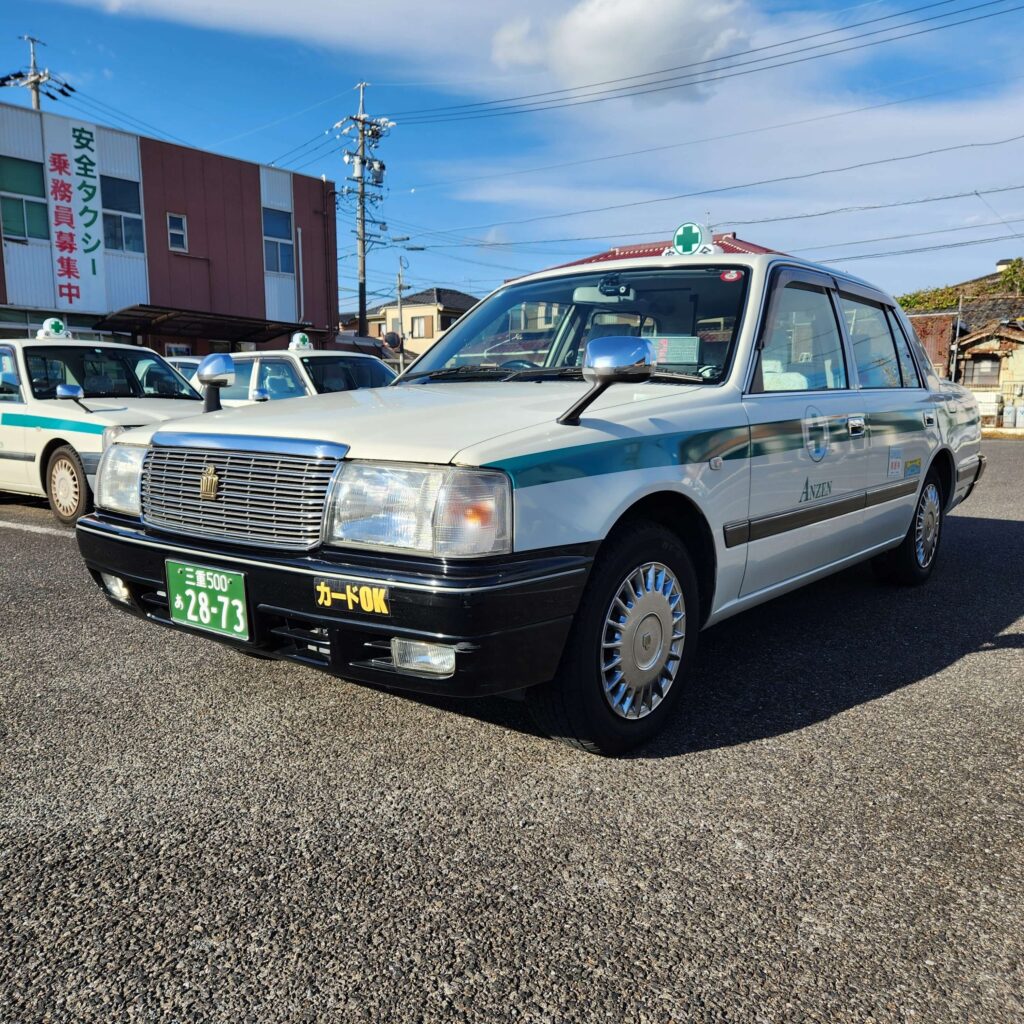
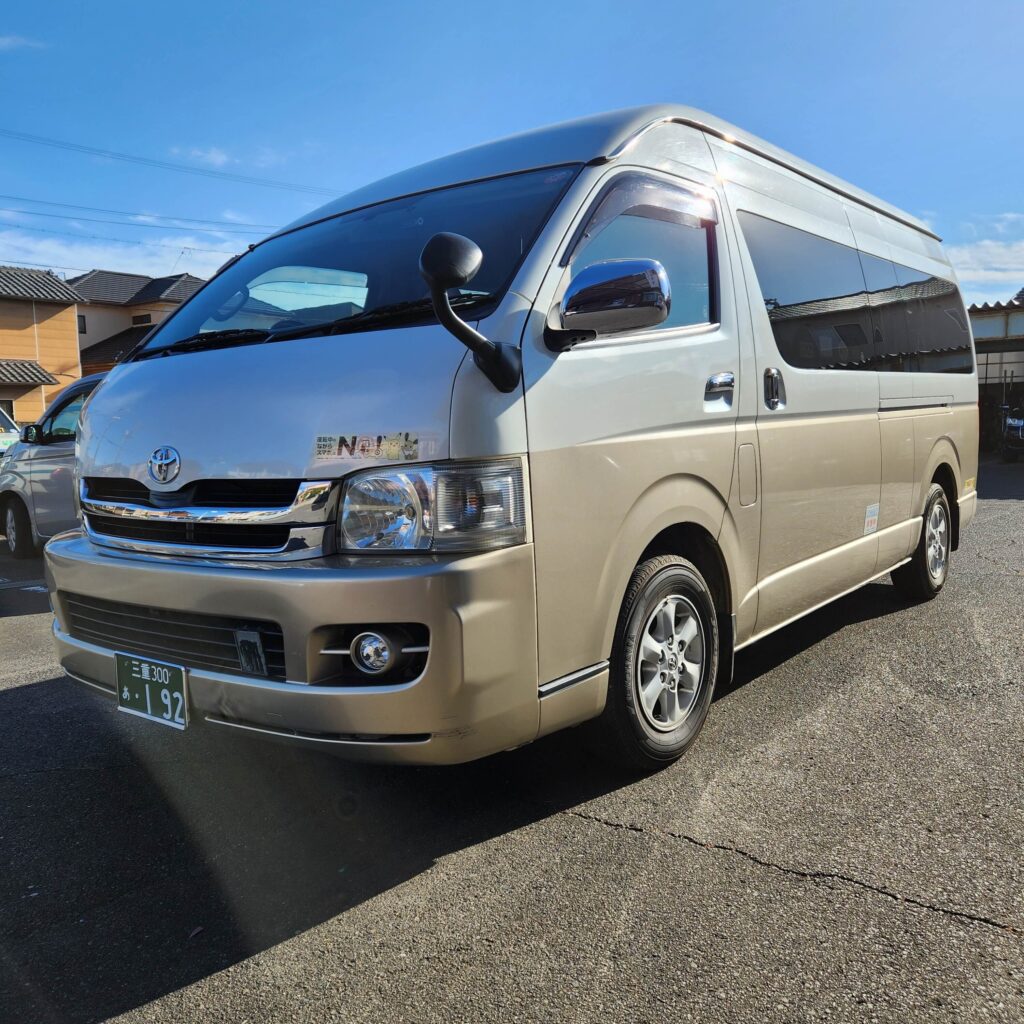

The new route that has appeared this time is one of the "JAL MaaS" initiatives.
"JAL MaaS" provides a service that enables stress-free and smooth long-distance transportation from the airport to your home and from the airport to your destination.

On the JAL MaaS official website, you can find real-time flight and railway operation information and congestion status through route search, and you can easily search for routes and make reservations for each type of transportation.
You can also search for departure and destination routes according to the flight you have booked, as well as regular route searches between two points.
You can pre-purchase digital tickets for the public transportation you will be using according to the route search results.
We are selling a lot of great coupons that can be used in local governments, transportation methods, and destinations.
You can quickly purchase it not only when planning before your trip, but also during your trip, and use it for a meaningful trip without waiting.
Also, you can earn miles every time you use JAL MaaS-enabled transportation such as trains and taxis!
Miles can also be exchanged for airline tickets, coupons, etc.
You can also purchase digital tickets for the route introduced this time, from Centrair to Tsu to Ise Jingu, on the JAL MaaS official website.
Purchases can be made using JAL MaaS from the JAL official website, JAL app, Tsu Airport Line website, etc.
You can choose between a one-way ticket and a round-trip ticket for the digital ticket "High Speed Boat + Taxi" (ticket reservations must be made at least 2 months in advance).
| High speed boat only | XNUM X yen / person |
| High speed boat + taxi Campaign price | XNUM X yen / person |
| High speed boat + taxi (Sedan type/1 to 4 people) | 14,080 Yen |
| High speed boat + taxi (Jumbo type/up to 5 to 9 people) | 18,430 Yen |
We will continue to offer promotional prices for a limited time only!
Please check JAL MaaS.
Tickets can be purchased from the JAL MaaS official website.

Tsu Nagisamachi, which can be reached by high-speed boat, is located in Tsu City, the center of Mie, and is also a base for sightseeing, making it convenient for visiting tourist spots in the prefecture such as Ise Grand Shrine and VISON!
This service is recommended for families traveling with small children, as you can enjoy the scenery and movement on a relaxing cruise.
Even if you have only ever been to Mie Prefecture by train or are going to Mie Prefecture for the first time, why not take advantage of this great new service and make some fun memories?
| Inquiries / Applications | JAL MaaS homepage https://www.jal.co.jp/jp/ja/relations/jalmaas/ |